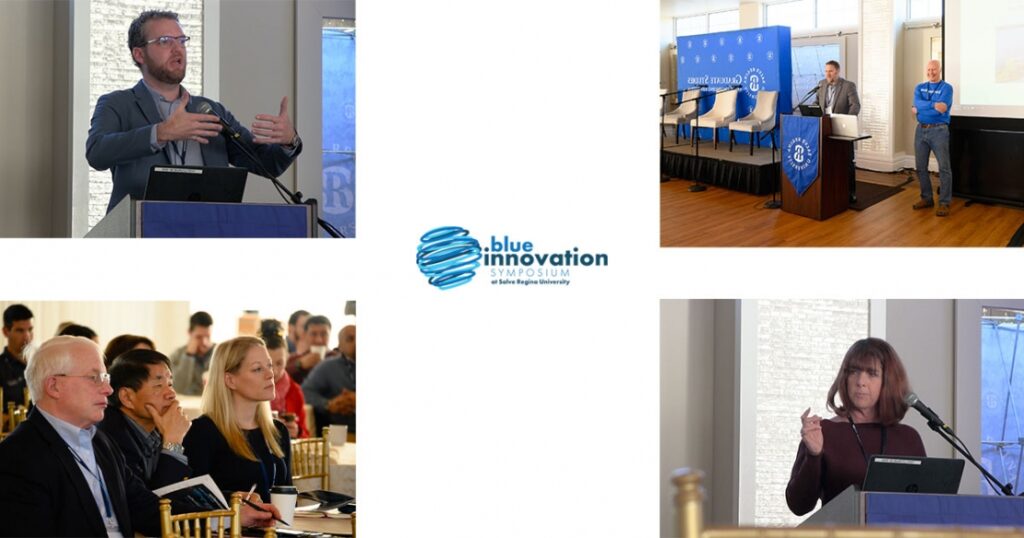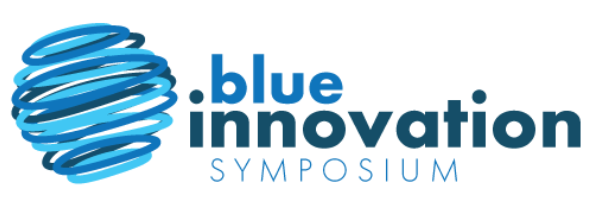
Blue Innovation Symposium Flash Talks: The Future In Review
One of the more notable and unique features of last month’s Blue Innovation Symposium was the five-minute flash talks. The flash talks were focused on cutting edge technologies which could be summed up as the future in the review. Here are recaps of three of the flash talk presentations.
Aquabotix’s presentation previewed the future of dynamic surveying and offered a glimpse at cutting edge surveying in the form of synoptic data gathering. Aquabotix designs and manufactures swarming micro-sized vehicles, that enable much more efficient data gathering via a synoptic data gathering process. Up to 100 ultra-lightweight, ultra-portable vehicles, all under one operator, can launch from offshore, a vessel of opportunity, above, on or below water. This is a dynamic form of data mapping that is revolutionary. Because the data is transmitted in real-time, there is no wait for a USV to be recovered — data has already been sent to operations, who are making real-time decisions based on that data. Quite simply, we have seen the future of dynamic mapping and it will use swarm technology.
Armada Marine Robotics unveiled what it hopes is the future of propulsion — single blade technology. Rusty Warren, CEO of Armada Marine Robotics, which is a brand-new spin-off of WHOI, presented a revolutionary take on the propulsion of UUV’s. Armada has created a single blade propulsion prototype. By rotating the blade faster on one side of the rotation than the other, you enable a force to steer the vehicle. Eliminating the need for fins and the motors that run them means the unit consumes less energy, it costs less to build and it’s a much simpler design.
Klein Marine Systems introduced the industry’s first integrated single beam side scan and gap filler technology. In short, the MA-X technology “fills” in the area known as the “nadir” zone, which is directly below the towfish. In general, this area represents about 5% of the range and if the surveyor wants to properly measure this area, it requires a second scan. This is inefficient.
The new MA-X Gap filler sonar technology achieves in two passes the same coverage that three passes with a regular side-scan survey does by properly ensonifying the nadir zone. The MA-X technology center provides a crisp image of the nadir zone and is 40% more efficient than other UUVs, which means less time surveying and less fuel consumption. Increased efficiency and a superior image.
The flash talks delivered compelling snapshots of groundbreaking technology that will change the nature of the way we do business and the relationships that we have with the planet’s oceans. I can’t wait to see what the next round of flash talks hold for us at the Blue Innovation Symposium, 2021.
